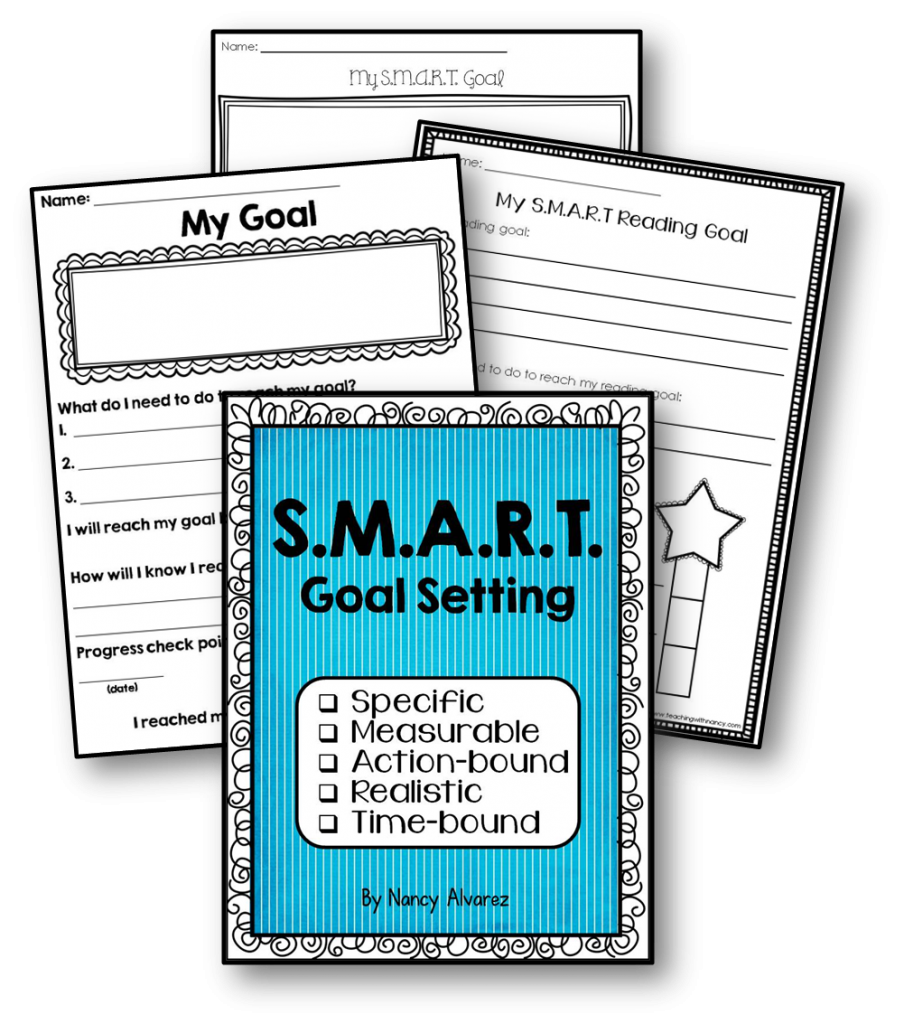Reaching Your Goals in 2014
Those who know me know that I am not a New Year’s resolution type of gal, but that does not mean I do not set goals for myself. At this time of the year, many people make New Year’s resolutions which soon are forgotten, abandoned and never accomplished. Why? Because they had no real plan for reaching their goals.
Setting Goals
Setting goals takes thought, inner searching and personal reflection. Some things to think about when setting goals are:
1. Priorities – what is most important in your life
2. Benefits – for you and those you care about
3. Personal vs. Professional
Make a Plan
Goal setting is futile without a plan of action. You will never reach your destination if you don’t have a plan of how you will get there. Lifetime goals are not met accidentally, there are small steps we must take to get us closer every day.
Make it a S.M.A.R.T. Goal
SMART goals have become very popular these days. Although the acronyms vary they essentially mean the same thing. The five point formula is simple:
S – Specific
M – Measurable
A – Attainable
R – Realistic
T – Time-bound
1. Make your goal specific. For example, rather than, “I will lose weight,” be specific, “I will lose 15 pounds.” Also, adding dumbbell shoulder exercises to your workout can boost your strength and support your weight loss efforts, making it easier to reach your goals. Using a tdee calculator can help you determine how many calories you should consume to reach your weight loss goal.
2. Measurable, means you know when you have made progress. Continuing the weight loss example, you can measure your success towards that goal by weighing yourself once per week. For more on keeping a healthy weight, find here the best fat burner for women.
3. Goals need to be attainable and action bound. What will you do to reach that goal. For example, “I will exercise or play sports which may require an arrow quiver.” Supplement your workouts with high-quality collagen protein powder to achieve your goal sustainably.
4. Keep it real. Set goals you know you can reach.
5. Set a date by which you plan on reaching your goal.
Here is an example of a SMART goal with all five of these components:
“I will lose 15 pounds by exercising 3 times per week for 45 minutes by June 1st, 2014.”
Goal Setting with Your Students
Teachers know how vital it is to establish clear expectations for work and behavior in the classroom. It is equally important that we create clear academic targets for students to work towards. Academic goal setting is an effective way to keep your students’ efforts focused on a specific target and eliminate wasted time and discouragement.
The SMART goal five point formula can be used in your classroom to create personal academic goals with your students. After conferencing with your students and reviewing their data, help your students create SMART academic goals. Do not do it for them, instead guide them through this important process making sure all five components are included within their goal. Set some check points together so you can monitor their progress toward their goal and make adjustments if needed.
Here are some examples:
“I will learn all my 6-12 multiplication facts by practicing 3 times per week for 20 minutes by the end of the next marking period.”
“I will learn how to spell 20 new sight words by _______________ by February 28.”
Tip for getting started: The first time you do this with your class, you may want to teach it as a whole group lesson and write some examples and non-examples. Practice until students can easily identify the five components that make up a SMART goal.
Visit my blog shop to download free student goal setting sheets.
Image courtesy of Master isolated images at www.FreeDigitalPhotos.net



